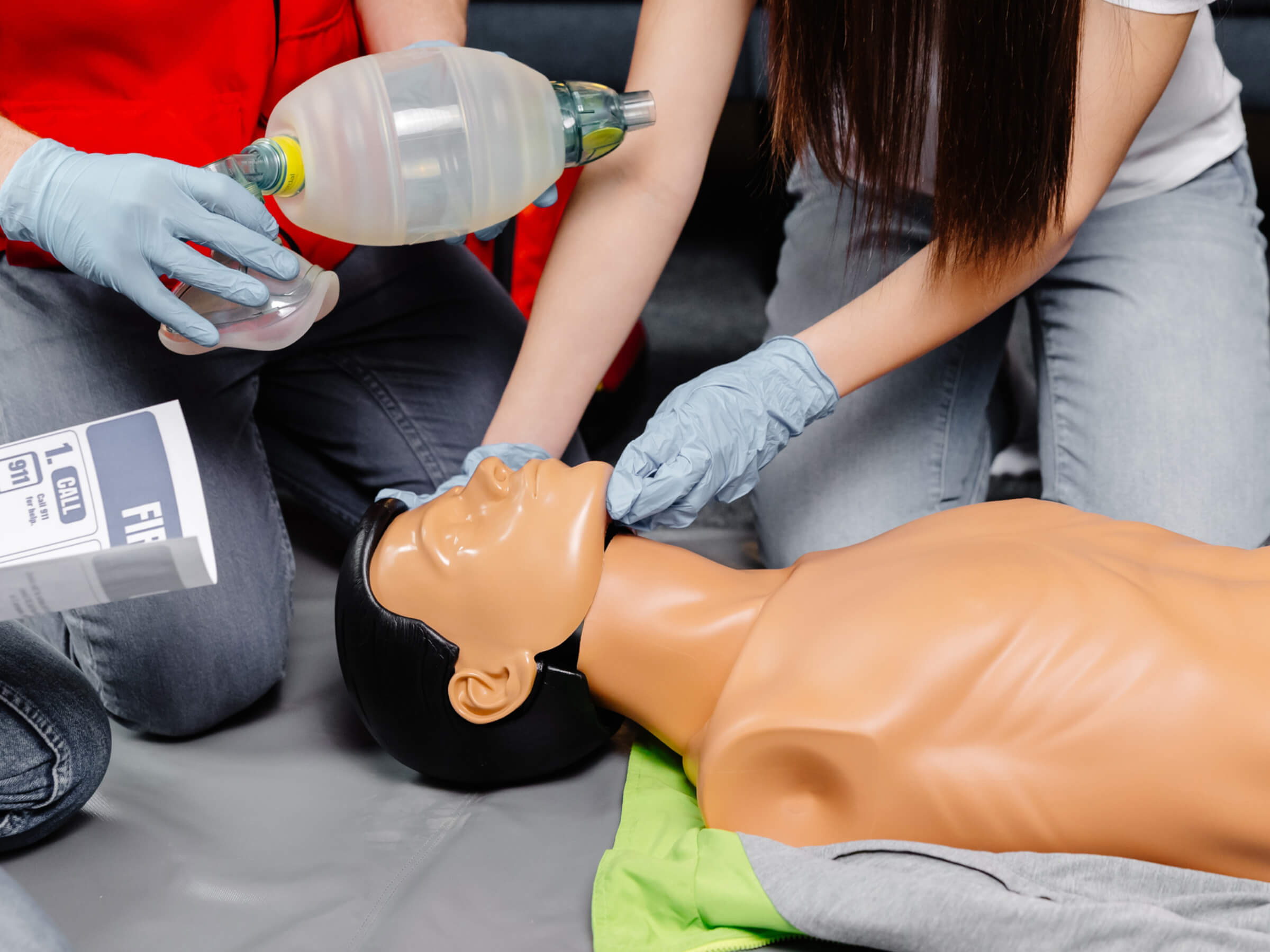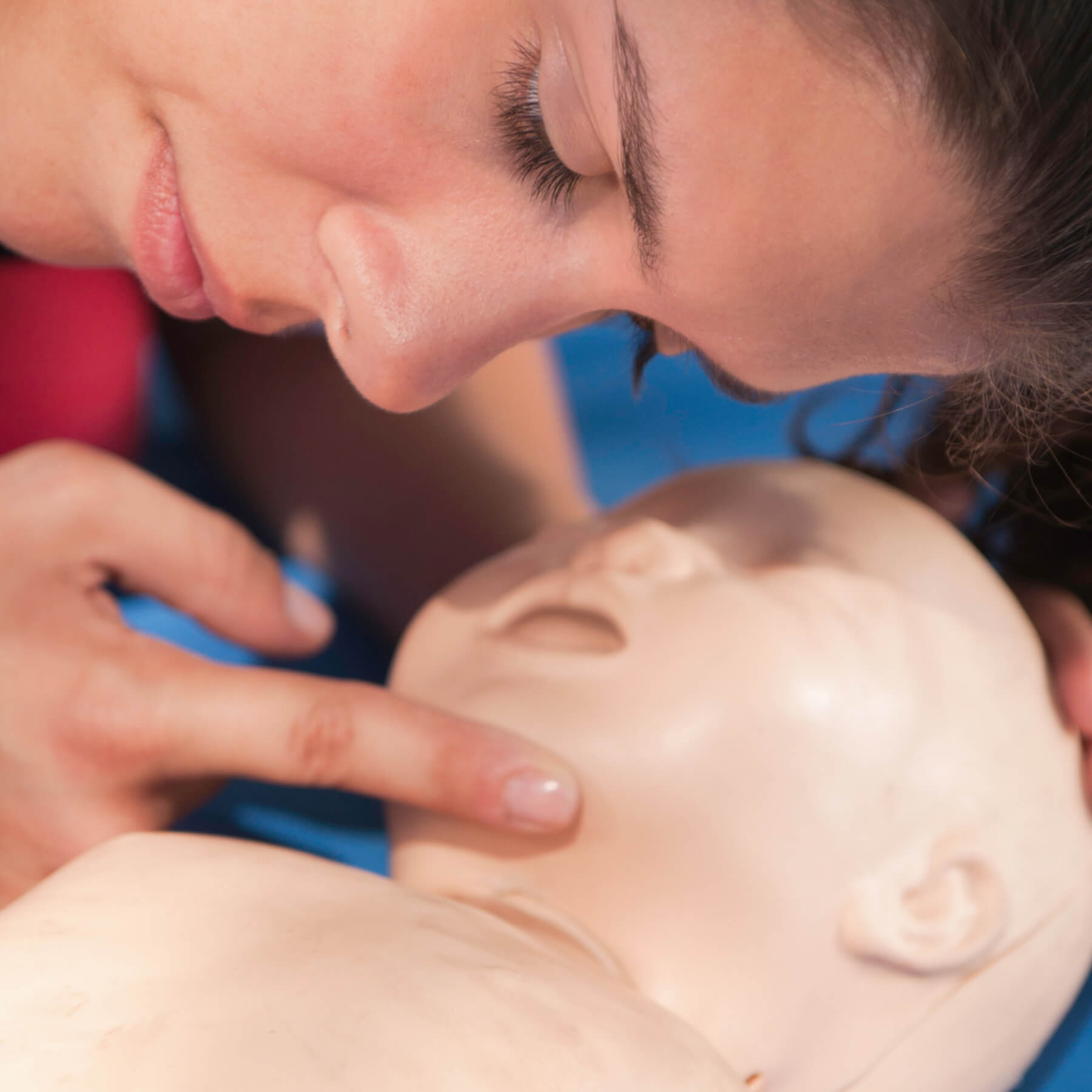As parents and caregivers, it’s terrifying to imagine finding a toddler unresponsive. However, knowing the correct steps to take can make a crucial difference in an emergency situation. This guide will walk you through the immediate actions you need to take if you encounter this frightening scenario.
1. Check for Responsiveness
- Call their name: Gently tap their shoulder or foot and say their name loudly.
- Look for movement: Observe for any signs of breathing or movement.
2. Shout for Help
- If the child is not responding, shout for help immediately. If someone is nearby, ask them to call 999 (or your local emergency number) while you begin the next steps.
3. Open the Airway
- Tilt the head back: Gently tilt the child’s head back to open their airway. This can help if the tongue is blocking the airway.
- Check for breathing: Look, listen, and feel for breathing for no more than 10 seconds. Place your ear near their mouth and nose, while looking at their chest for any rise and fall.
4. If Not Breathing, Start CPR
- Call 999 immediately if you haven’t already: The dispatcher can guide you through CPR if you’re unsure.
- Chest compressions:
- Rescue breaths (if trained):
- After 30 compressions, tilt the head back and lift the chin.
- Pinch the nose shut and give two gentle breaths into the mouth.
- Watch for the chest to rise.
- Continue CPR: Continue cycles of 30 compressions and 2 rescue breaths until help arrives or the child starts breathing.
- For toddlers, place two fingers in the center of their chest, just below the nipple line.
- Push down hard and fast, about 1/3 the depth of the chest.
- Aim for a rate of 100-120 compressions per minute.
Important Considerations:
- Do not shake the child: Shaking can cause serious injury.
- If you are alone: Perform CPR for one minute before calling for help.
- If the child is choking: Follow the Heimlich maneuver (abdominal thrusts) for toddlers.
Prevention:
- Childproof your home: Remove choking hazards and secure heavy furniture.
- Supervise children closely: Especially around water and during mealtimes.
- Learn basic first aid and CPR: Consider taking a certified course.
Remember:
The most important thing is to act quickly and calmly. Your swift action could save a child’s life. If you are at all unsure, call for help immediately.
Disclaimer:
This article is intended as general guidance only and should not be used as a substitute for accredited training. Always follow the latest protocols from the Resuscitation Council UK, NHS England, and other relevant professional bodies. For up-to-date training and certification, please refer to CPD-accredited courses delivered by qualified providers.

